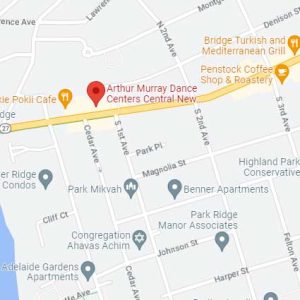How Dancing Changes Your Mind, Body, and Soul
Why does dancing feel so good? You may know that dancing is the best form of exercise for both brain and body, accessible to anyone and everyone, and has been a part of human culture for millennia. But why does dancing feel so good and how does it affect your life when you’re not dancing?
The Ultimate Form of Play
Dance is the ultimate form of play, especially partner dancing. It’s non-verbal, meaning expression of self comes from an area of the brain we seldom use nowadays. This quiets the brain down, giving it a break from the anxiety of the day-to-day but challenging the brain to grow and become flexible in other ways. That is how dancing staves off mental deterioration and lifts mood for all age groups.
If you don’t believe me, just ask science.
Dance Makes you More Creative
Most obviously, dance increases heart rate and helps arteries become more elastic. As with any form of exercise, dancing also releases feel-good endorphins into the bloodstream, reducing levels of cortisol — a stress hormone, giving a person moving to the groove uncomplicated happiness and freedom to be more creative in all aspects of their life.
 Well-being and Happieness
Well-being and Happieness
More specifically to dance, however, moving rhythmically releases norepinephrine and serotonin. Both neurotransmitters, norepinephrine increases alertness, promotes vigilance, enhances formation and retrieval of memory, and focuses attention, while serotonin is the chemical responsible for feelings of well-being and happiness. The chemical cocktail that results from moving to music is a relaxed focus that other physical activities like running or cycling do not give the brain and body.
Dancing Bonds People
Not only is dancing physically great for you and your happiness, but dancing bonds people. According to Robyn Flaum Cruz, the president of the American Dance Therapy Association, MRI scans show that watching someone dance stimulates the same neurons that would fire if you yourself were doing the moves. So when one dancer’s movement expresses an emotion such as joy or melancholy, others often get to experience it as well, connecting people and fostering empathy.
The way our brains are structured may explain why dancing feels so good to us as social and physical beings. On a physiological and psychological level, humans like order and form, and the rhythm of dancing provides that satisfactory patterning.
On the cellular level, when we dance together new proteins within cells are formed, spurring growth of new neurons and connections that keep the mind away from cell pathways formed by anxiety or fear. Dancing can help us dig ourselves out of a negative headspace by creating new pathways of thought.
Building Confidence and Gaining Control
The cocktail of chemicals floating around in our brains after we dance gives us the mental tools to build confidence and happiness that doesn’t only affect our moves on the dance floor. These powerful attitudes quietly but stubbornly spread to all aspects of our lives — work, relationships, lifestyle. Dancing helps us gain back control of our bodies and our lives by reconnecting the two.
Dancing is about enjoying movement and music, not about perfection and performance. “So many things can cause us to be critical of our bodies,” Cruz says. “Movement is really our first language, and dance is a way to get that back.” It is the most honest form of communication between the mind, the body, and the world. Walk into any dance class and you will quickly discover that dancing — at whatever level — is a wonderful way to break down inhibitions and encourage positive interactions.
Dancing is a human condition. It touches something in us, something we don’t fully understand but nonetheless need. It connects mind, body, and soul, something that is all too rare in this day and age. So why wait? Find a studio near you and move to the music.
Written by Jindalae Suh for Arthur Murray Central New Jersey













